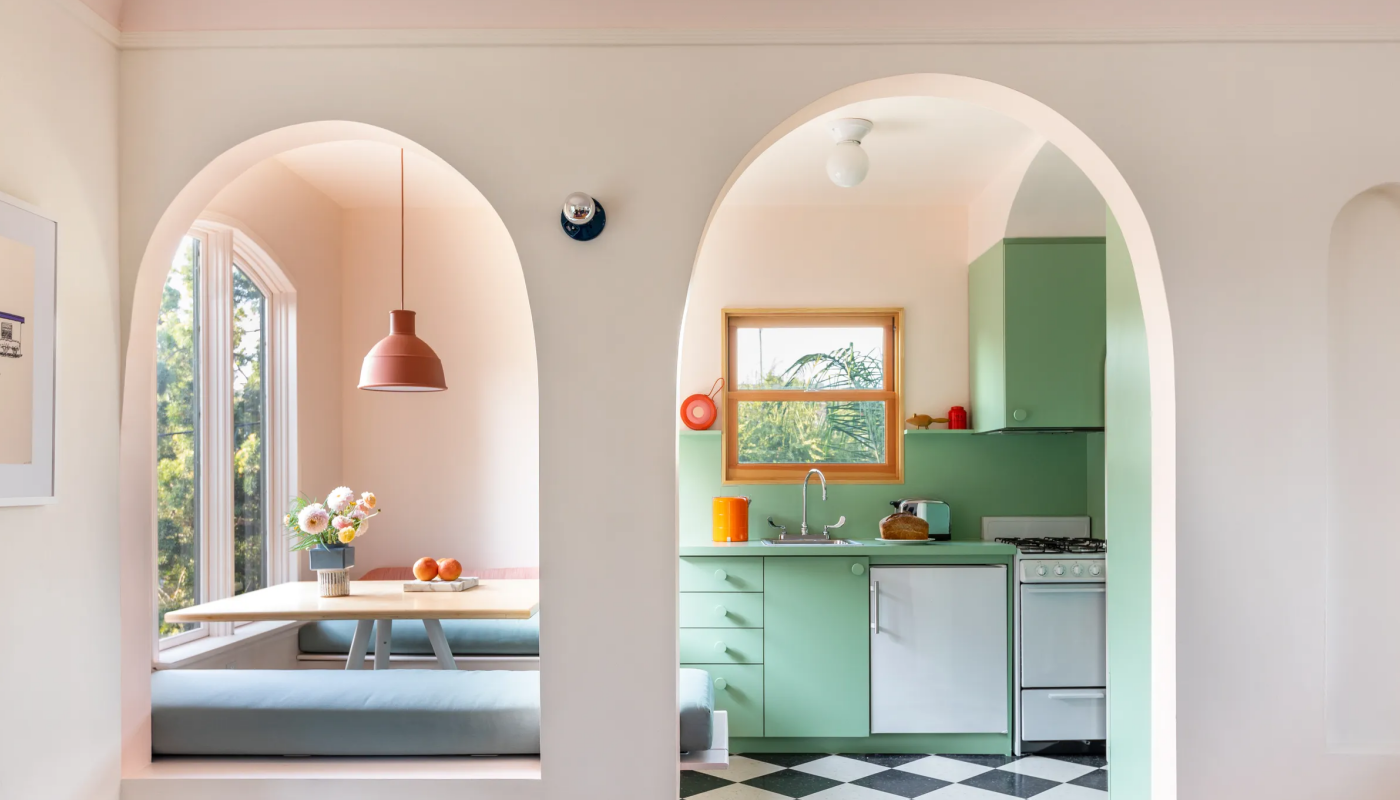The Main Features Of A Door Arch
Door arch is a type of door design known for its distinctive arch shape. In its most common usage, the lower or upper portion of the arch is set at an angle that intersects with a horizontal plane inside the building. It is sometimes called a barrel vault, barrel-vaulted door, or Gothic door. The design was first popularized in medieval Europe and later rose to prominence again during Art Nouveau and Art Deco periods as it became popular in more stylized designs.
The main features of a door arch
1. The arch is the primary structural system in a door arch
It allows the door to swing up and out of the way, but still allow access. By having a central pivot point on an arch, there is no need for a frame or other structure to support the upper part of the door, as with a hinged door. The only part of the structure that can obstruct entry into the room is the bottom part of the door (one side of the hinge). The relative weight and leverage afforded by this design can be seen in columned doorways such as some Greek temples.
2. The upper part of the door is supported by a lintel
This is a horizontal block that spans the gap between the arch and the ceiling of the room. Without it, the upper part of the door would not be able to bear its own weight without sagging or collapsing.

3. The bottom part of the door is supported by a transom
A “transom” is an important feature in many churches because it allows light to enter from windows above a door, illuminating lower parts of a church building that might otherwise be in darkness. As shown in this illustration, a transom is usually constructed using wooden beams and horizontal planks.
4. Bottom arch (tooth) – support for edge of door
The tooth at the bottom is primarily decorative and functional, rather than structural. It is important for the tooth to be properly proportioned to the rest of the design, or else it might look out of place or unintentional.
5.Stress releases
Any high-stress part of a structure needs a release path for the forces to exit. The most common way that this occurs in door arches is through a small notch at each end where the stress can flow out. If these notches are cut correctly, they will be invisible when viewing the arch from any angle other than directly above; however, they must still remain functional. Another way that stress releases can occur is through decorative holes at either end of an arch (or other high-stress region).

